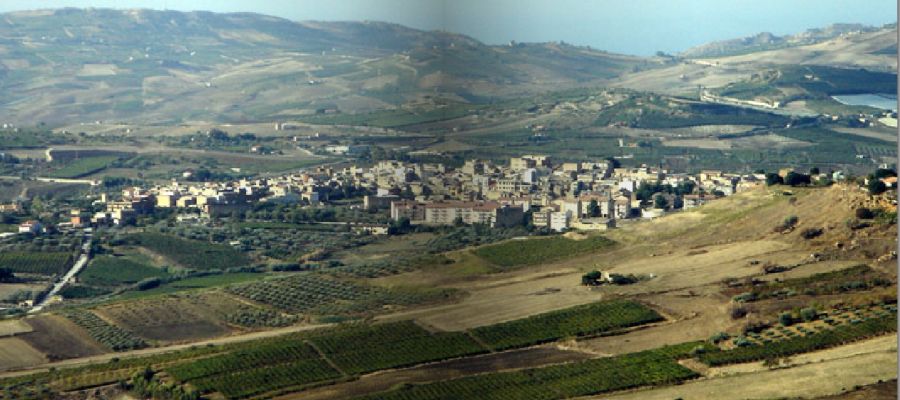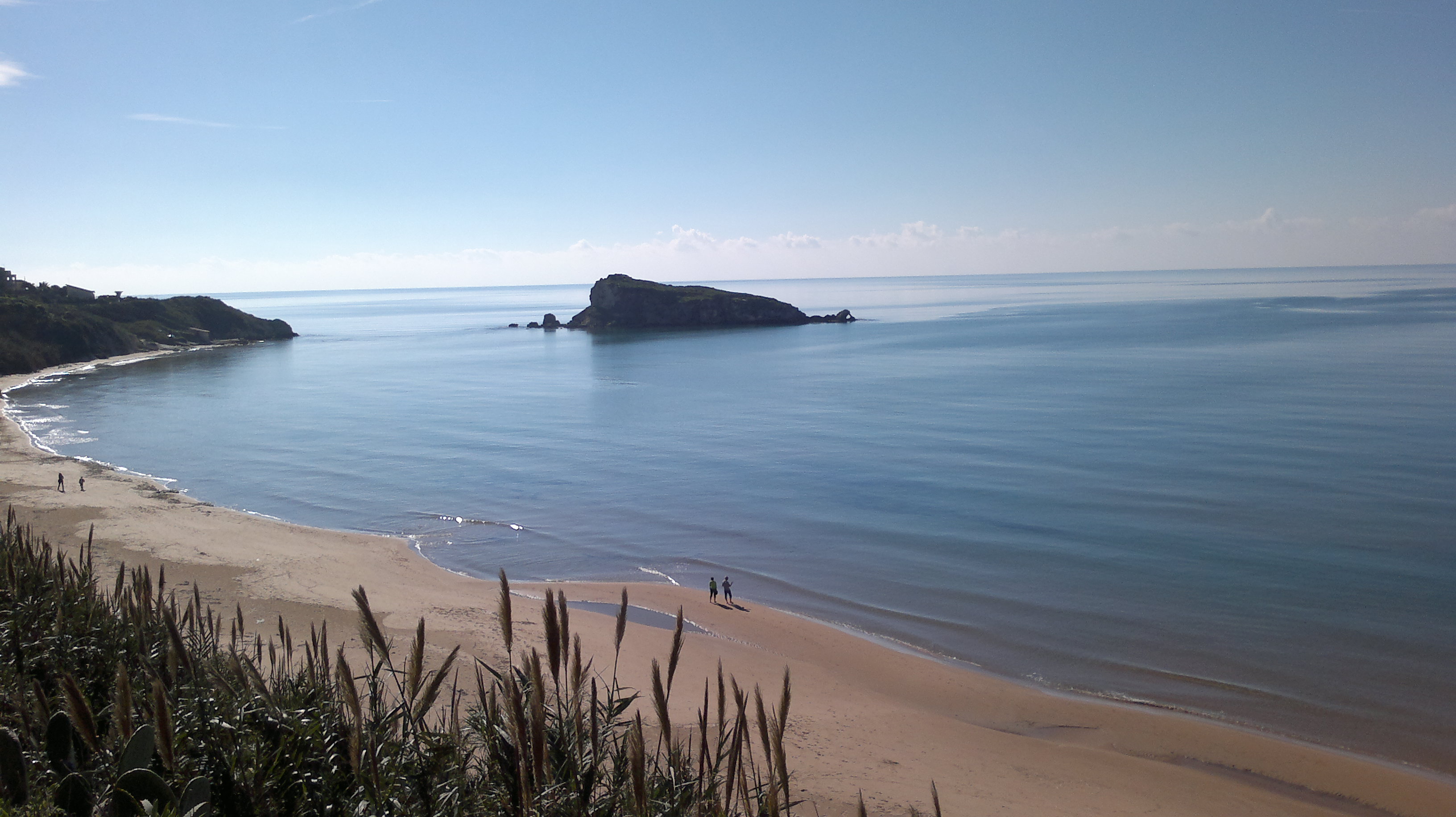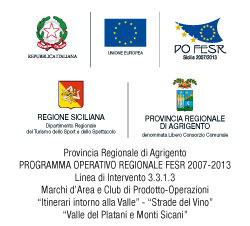
The City of Camastra has just over two thousand inhabitants, is located 20 km from the Valley of the Temples in Agrigento, its territory is bordered to the north by the baroque city Naro and south by the land of the Leopard, Palma di Montechiaro.
Camastra, once called "Ramolia," was founded in 1620 by Count Lucchesi Palli.
At first it was a tenement farmhouse used as a shelter by outlaws in the area. Nineteenth onwards, with the gradual increase of the settlement he went turning into a real country. The coat of arms of the country contains the reasons that make his historical event: the background of yellow and blue house Palagonia home Lucchese, it was adopted the coat of arms of Lanza di Trabia with the lion, symbol of strength, size, command, courage and magnanimity , and the tower mark conspicuous antiquity, also appears the dog, the heraldic symbol of loyalty and vigilance.
Monuments to visit
The Mother Church was founded in 1620 by Giacomo Lucchesi, it can be considered the only parish noteworthy. Inside there are works of some artistic importance, like the Statue of San Biagio Annunciation and Immaculate Conception of the Genoese. You may also remember a Child Jesus of Cordelia and a modern statue of Santa Rita and Christ the Redeemer
Not to be missed
The Castellaccio
Of historical importance is the tower of the Castellaccio, located at a strategic point in the highest part of the area, it served as a vantage point for the control of large estates. The hill of Castellaccio was identified with the legendary city of Camico. In the part of the hill that faces west, they are still observed today the remains of the Cyclopean walls built with large irregular stones, without overlapping muratura.Tali walls, stretching to the south, connecting with a wall carved into the rock. In the vicinity there are the remains of a sunken staircase in stone, which probably gave access to the city.
The study of the ruins we can assume that they belonged to a castle, which is still of that building is a terrace-shaped tower.
Near the hill it is still visible, as well as underground and the burial, interesting works of excavation, as the famous caves of "Regamè", housing of people of different origins.

 The discovery of the coast - 2 routes to the east between the sea and inland
The discovery of the coast - 2 routes to the east between the sea and inland

